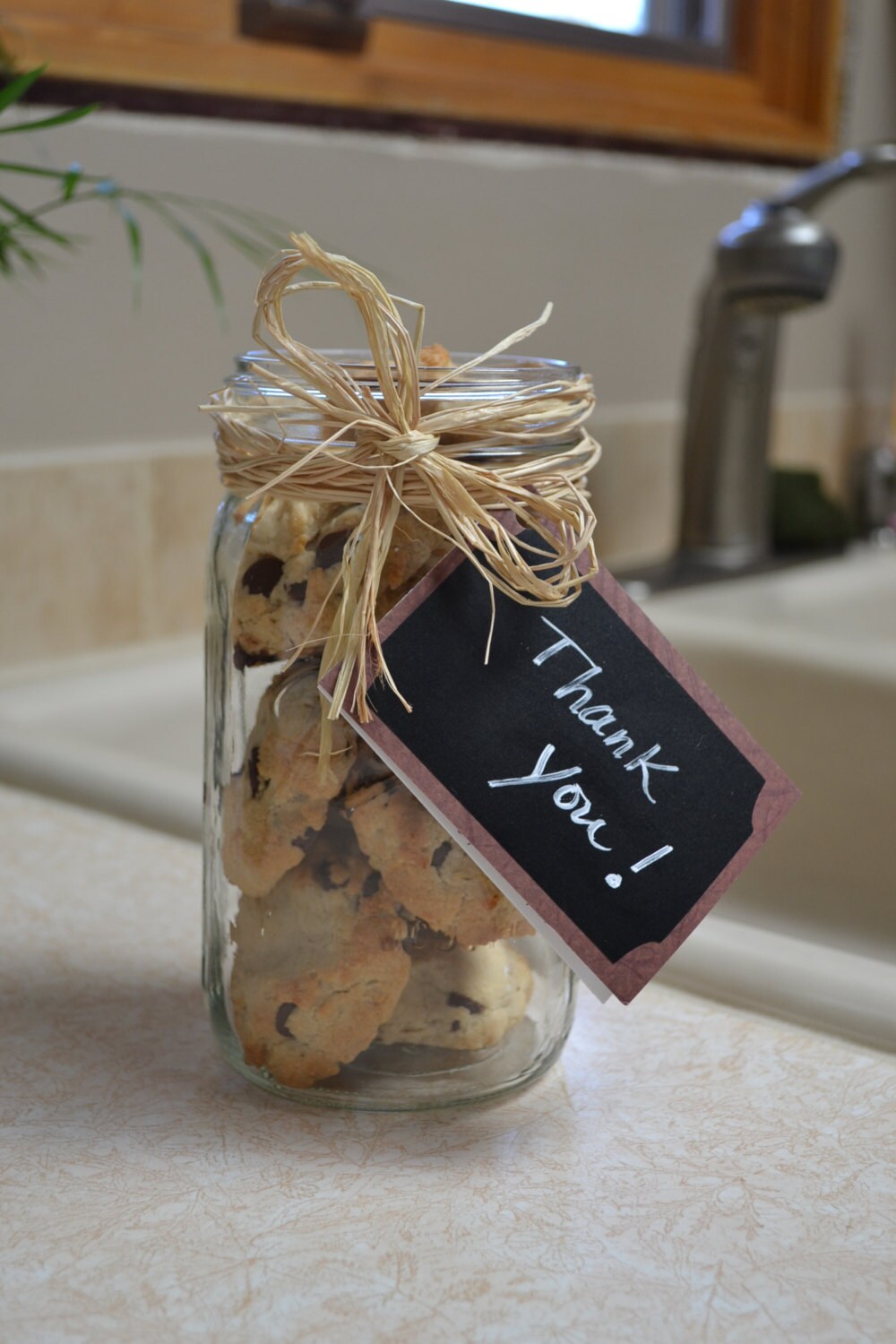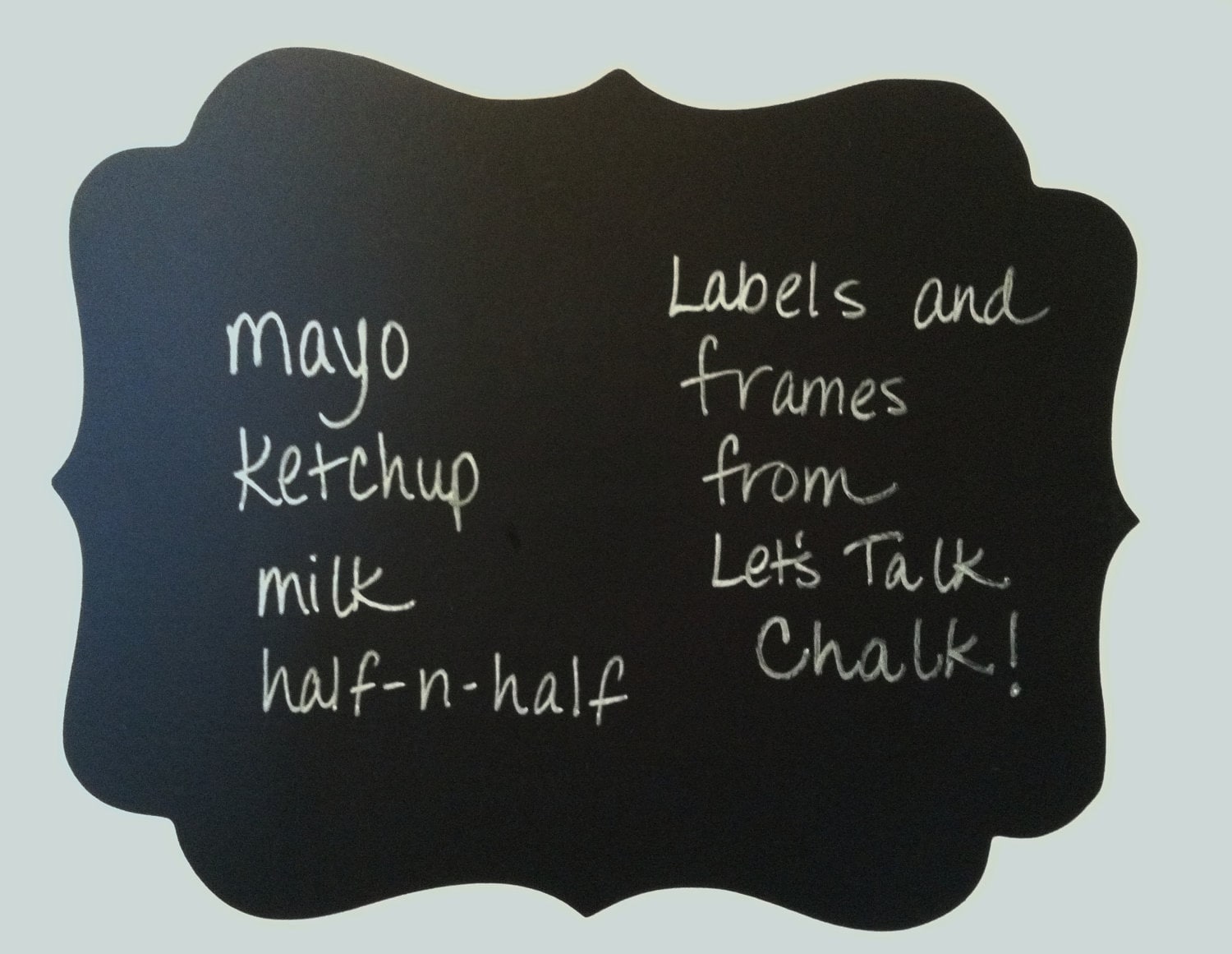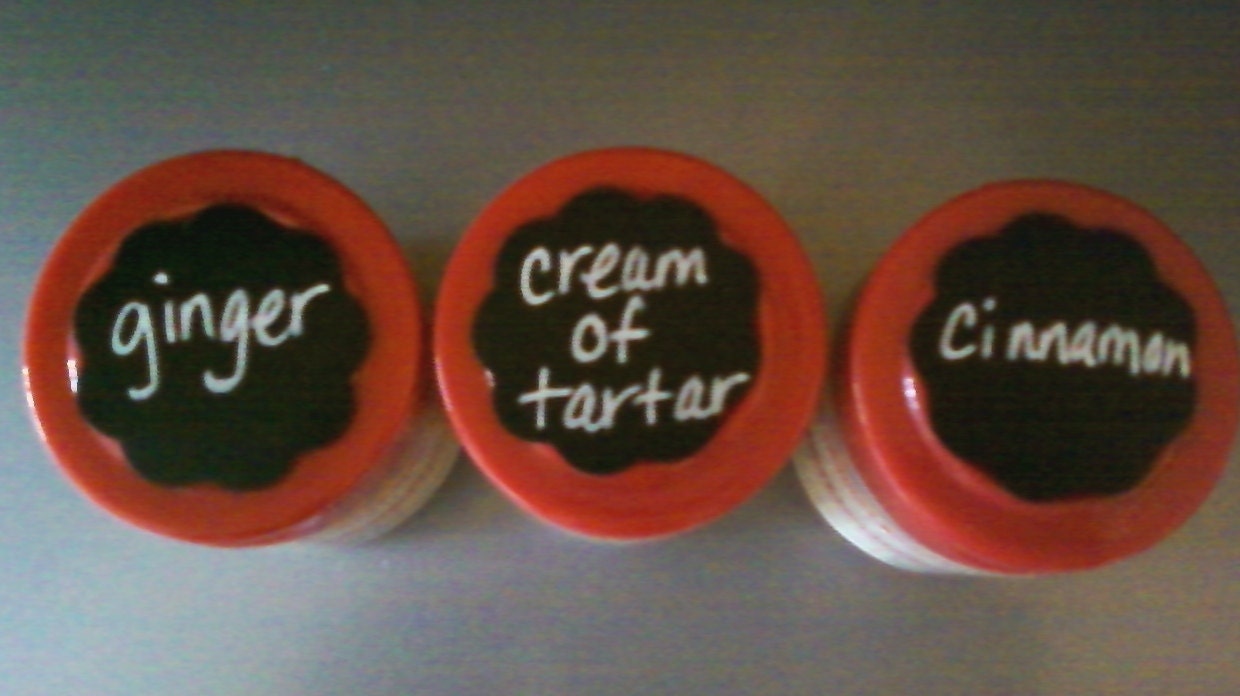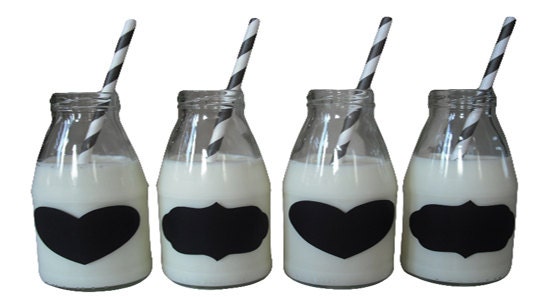The Wednesday Review:
Reviewing books, products and more you may be interested in
Stop! Put that hamburger down!!
You all know my spiel on eating organic, local food - it's better for your body, it's kinder to the world we are entrusted to steward, it's better economic practice, yadda yadda.
You all know my spiel on eating organic, local food - it's better for your body, it's kinder to the world we are entrusted to steward, it's better economic practice, yadda yadda.
But what if lives depended on it?
Horrify yourself into investing in local, organic tomatoes with Barry Estabrook's Tomatoland: How Modern Industrial Agriculture Destroyed Our Most Alluring Fruit . (Affiliate link - note cover has changed)
. (Affiliate link - note cover has changed)
Horrify yourself into investing in local, organic tomatoes with Barry Estabrook's Tomatoland: How Modern Industrial Agriculture Destroyed Our Most Alluring Fruit
I was alerted to this book by a thoughtful and somewhat frightening review by the mysterious Mrs S, which you must read if you are considering eating tomatoes again. Ever. Get a sampling of what the book will discuss by reading her thorough review. I checked it out at the library, then we ended up buying it on Mr H's Nook; it was too good to not own.
This book is a one-sided expose on the tomato industry. Quite frankly, I have no need to hear the other side. There is no reasonable justification or logic for the cruelty and bad practice engendered by these companies. I don't care about the bottom of line of the company, the sweet drawings of farms on the tomato labels, the cheap price of the tomato in the grocery store, the wholesome American that wants a cheap, store-bought sliced tomato on their sandwich in winter and deserves to be able to afford out-of-season fruits in any part of the country, keeping burgers on the 99-cent menu for families that can't afford more, the cruel rationalization that we should provide horrific-condition jobs for illegals since they'll come here anyway, or the families of the management that are struggling to pay bills despite their thieving and gross manipulations.
This book is a one-sided expose on the tomato industry. Quite frankly, I have no need to hear the other side. There is no reasonable justification or logic for the cruelty and bad practice engendered by these companies. I don't care about the bottom of line of the company, the sweet drawings of farms on the tomato labels, the cheap price of the tomato in the grocery store, the wholesome American that wants a cheap, store-bought sliced tomato on their sandwich in winter and deserves to be able to afford out-of-season fruits in any part of the country, keeping burgers on the 99-cent menu for families that can't afford more, the cruel rationalization that we should provide horrific-condition jobs for illegals since they'll come here anyway, or the families of the management that are struggling to pay bills despite their thieving and gross manipulations.
 |
| In Search of the Promised Tomatoland, Part 1 |
We say that organic tomatoes cost an arm and a leg, but we're being figurative.
Conventional tomatoes are costing arms and legs, but these are real arms and legs.
Children are being born without limbs, thanks to hazardous pesticides akin to Agent Orange soaking the sandy soil of Florida where the tomatoes are grown. Saturating the men and women working in the fields, filling their pores and lungs with poison. Most of them illegal in this country, they are powerless against the injustice.
 |
| The publisher's synopsis of Tomatoland |
 |
| Read another blogger's review |
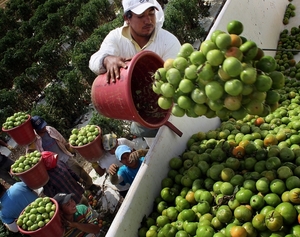 |
| How Industrial Farming 'Destroyed' the Tasty Tomato |


















